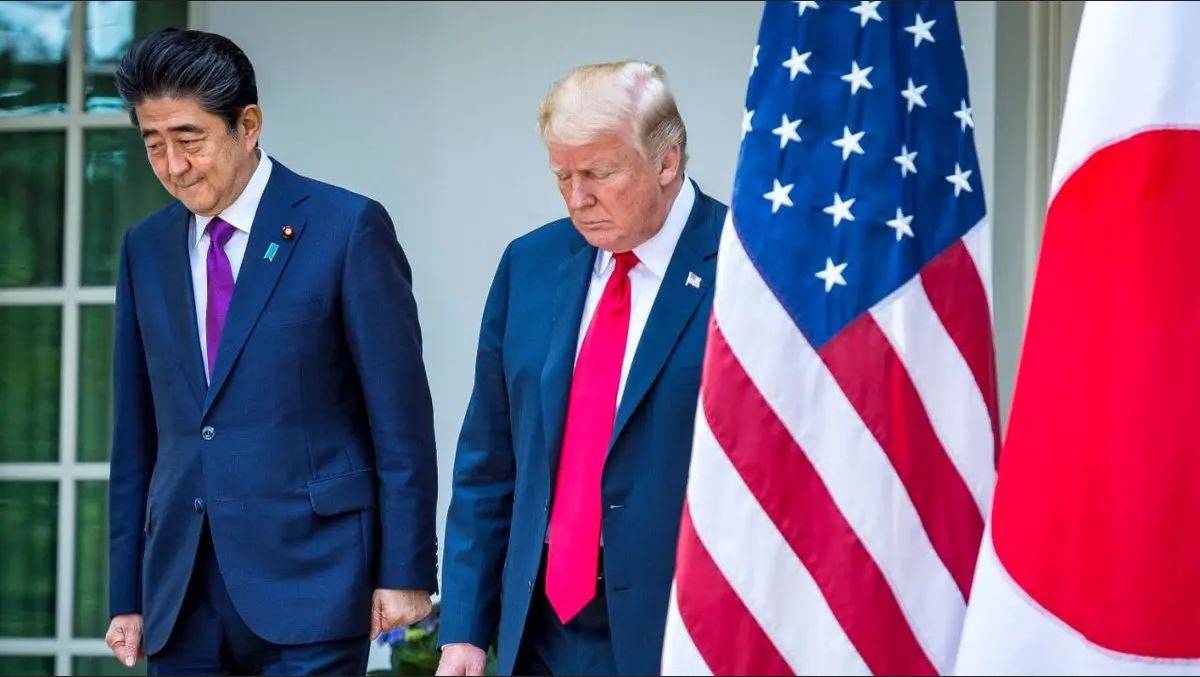1591 Views
Trade under Pressure: How Trump’s Tariffs Are Reshaping U.S.-Japan Relations
With the beginning of Donald Trump’s presidency in January 2025, the U.S. government adopted a policy of protectionism aimed at supporting domestic production and imposing tariffs on foreign goods. The goal was to reduce the U.S. trade deficit and bring factories back to the world’s largest consumer market.
Trump’s tariff strategy was based on reciprocal tariffs aligned with the U.S.’s trade deficit with each partner. As a result, Tokyo, as one of America’s key partners, faced a wave of tariffs. Japan ranks as the United States’ fifth-largest trading partner after Mexico, Canada, China, and Germany, with around 20% of its exports destined for the U.S. market. Trump’s objective was to compel countries like Japan to increase imports from the U.S. and invest more domestically.
In 2024, the U.S. exported approximately $79 billion to Japan, while importing $150 billion, resulting in a $70 billion trade deficit for Washington. Due to this large deficit—particularly in automobiles—Japan became a target for heavy tariffs. Initially, the base tariff rate was 10% for all countries, but a higher rate was applied to Japan. After bilateral negotiations, the tariffs were ultimately reduced to an average of 15%.
The first impact of these tariffs was a drop in Japanese exports to the U.S. In September, U.S. container imports from Japan reached 42,111 twenty-foot equivalent units (TEU), an 8.3% decrease compared to the previous year. According to the Japan International Freight Forwarders Association (JIFFFA), total imports from January to September 2025 reached 475,229 TEU, 1.7% lower than the previous year. During the same period, automobile-related products fell 8.6% due to tariffs.
In response to the tariffs imposed by the U.S. from April 2025, Tokyo adopted a dual strategy: maintaining strong relations with Washington through negotiations and committing to $550 billion in investments in the U.S., while simultaneously diversifying trade partners to reduce economic risks. This approach was crucial for Japan, given its high security dependence on the United States, limiting its capacity to confront Washington directly. Nevertheless, Japan is pursuing a multilateral strategy to lessen its reliance on the U.S. market.
A key initiative by Tokyo was expanding regional cooperation. On March 30, 2025, after five years, the trade ministers of China, South Korea, and Japan met in Tokyo to discuss a trilateral free trade agreement (FTA) and supply chain cooperation in response to U.S. tariff policies. The meeting produced an initial commitment to increase trade.
Japan also focused on developing advanced technologies to reduce dependence on foreign markets, particularly the U.S. The Ministry of Economy, Trade, and Industry (METI) emphasized in its 2025 report the need to expand exports of high-value-added products.
According to the Japan External Trade Organization (JETRO), U.S. tariff measures not only affected Japan’s direct exports but also disrupted Japanese companies’ global supply chains. Consequently, Tokyo is pursuing market diversification for both exports and imports to reduce vulnerability to trade shocks, especially in critical industries like automobiles, electronics components, and high-tech equipment.
Despite the tariff war with the U.S., Japan’s overall exports grew by 4.2%, largely due to a 9.2% increase in exports to Asia, particularly China. In contrast, exports to the U.S. fell by 13.3%, marking the sixth consecutive month of year-on-year decline. Automobile shipments to the U.S. dropped 24.2% in September. Overall Japanese imports increased by 3.3% that month, including 6% growth from Asia and 9.8% from China.
Trump’s visit to Japan in October 2025 aimed to pressure Tokyo for further U.S. investment. The only flexibility Washington showed was regarding increased imports of rare minerals—though Japan has limited resources in this sector. America’s likely goal is to turn Japan into an export hub for raw materials, especially amid U.S.-China trade tensions that restrict Chinese exports of these materials to the U.S.
The agreement between Trump and Japan’s new Prime Minister Sanae Takaichi included full implementation of Japan’s $550 billion investment commitment in the U.S., boosting the country’s industrial base, and signing a deal on critical minerals. Extensive energy purchases from the U.S. were also approved. Overall, the recent Japan-U.S. agreements primarily aimed at reducing Washington’s trade deficit and increasing Japanese imports from the U.S., rather than boosting Japan’s exports to America.
In conclusion, the economic gap between the two major powers is widening. Trump’s presidency has made it impossible for Japan to regard Washington as a strategic ally, as his unilateral policies largely serve U.S. interests. This situation is likely to push Japan toward deeper economic and security ties with other Asian countries, particularly China.
Translated by Ashraf Hemmati from the original Persian article written by Mohammad Mahdi Esmaeil Khaniyan
https://ustr.gov/countries-regions/japan-korea-apec/japan
https://www.congress.gov/crs-product/IN12608
https://container-news.com/u-s-container-imports-from-japan-drop-8-3-in-september/
https://thediplomat.com/2025/05/japans-response-to-trumps-tariffs?utm_source=chatgpt.com
https://apnews.com/article/japan-trade-economy-trump-tariffs-takaichi-021b347db0cd35bc74317642c9974e60
https://www.whitehouse.gov/fact-sheets/2025/10/28195

Comment
Post a comment for this article